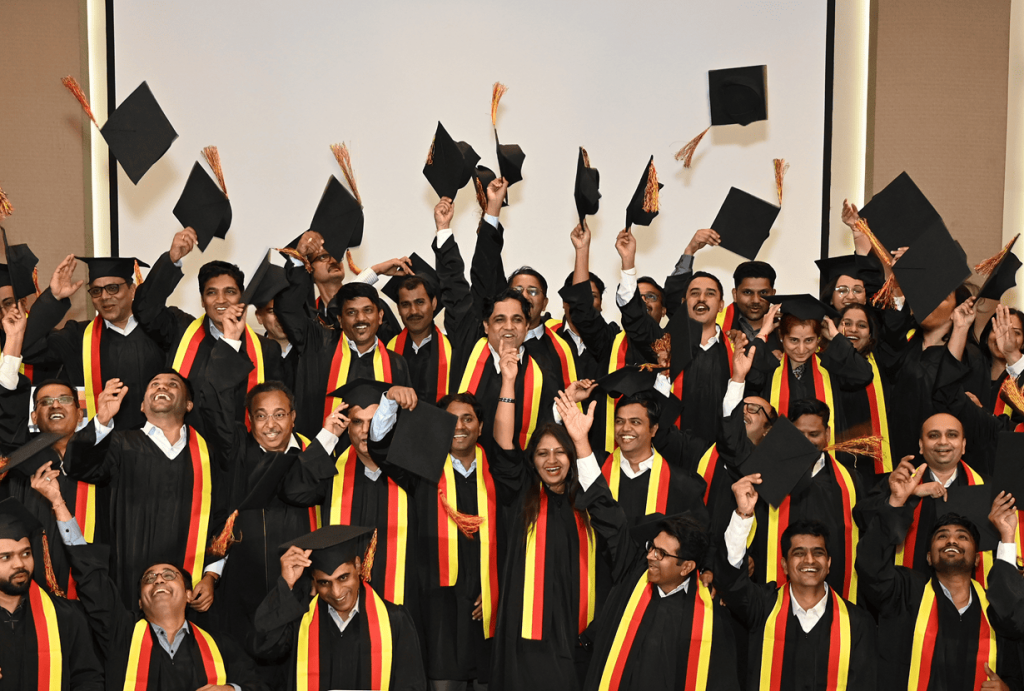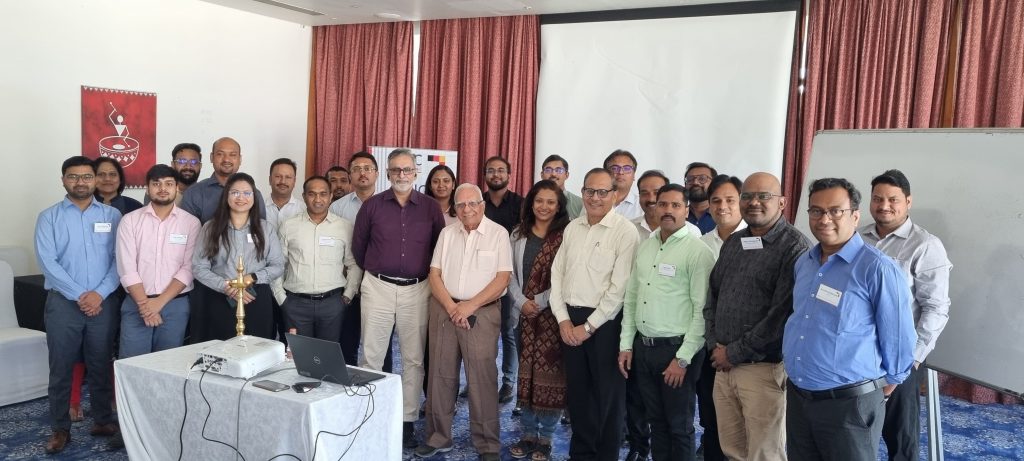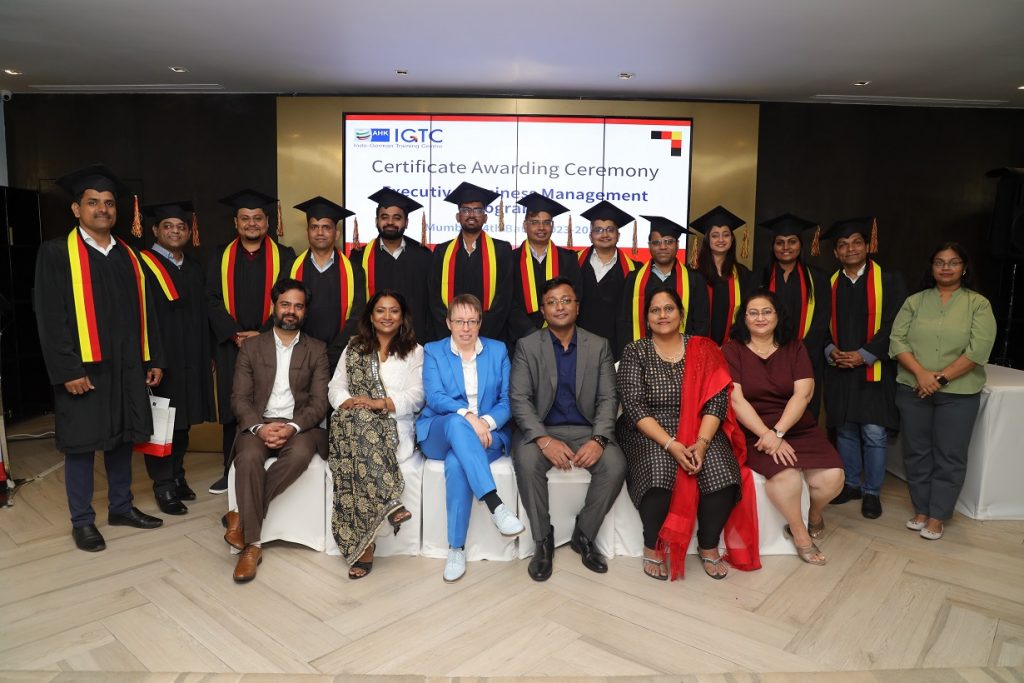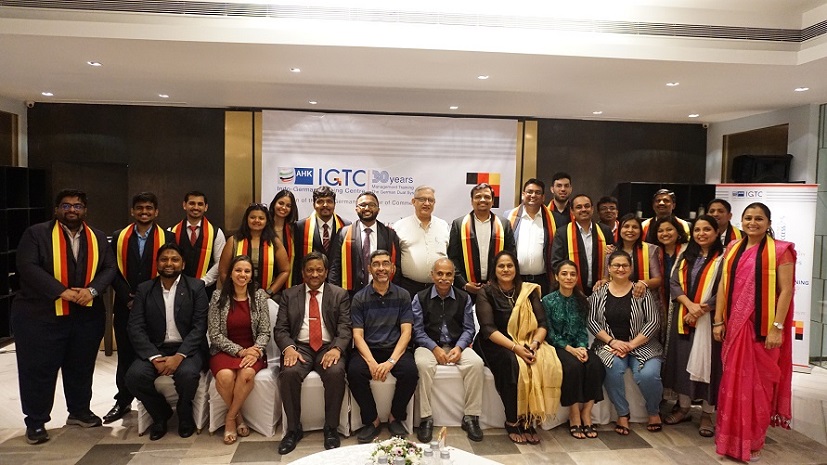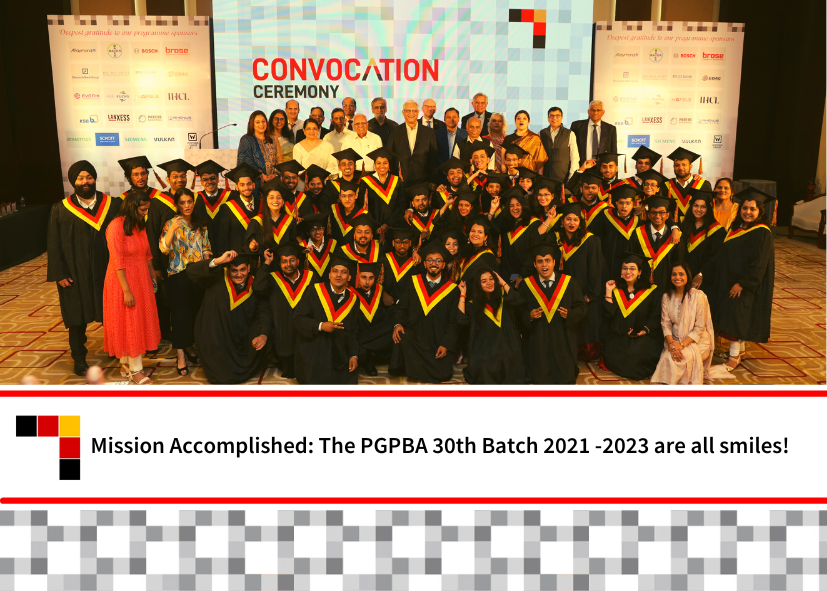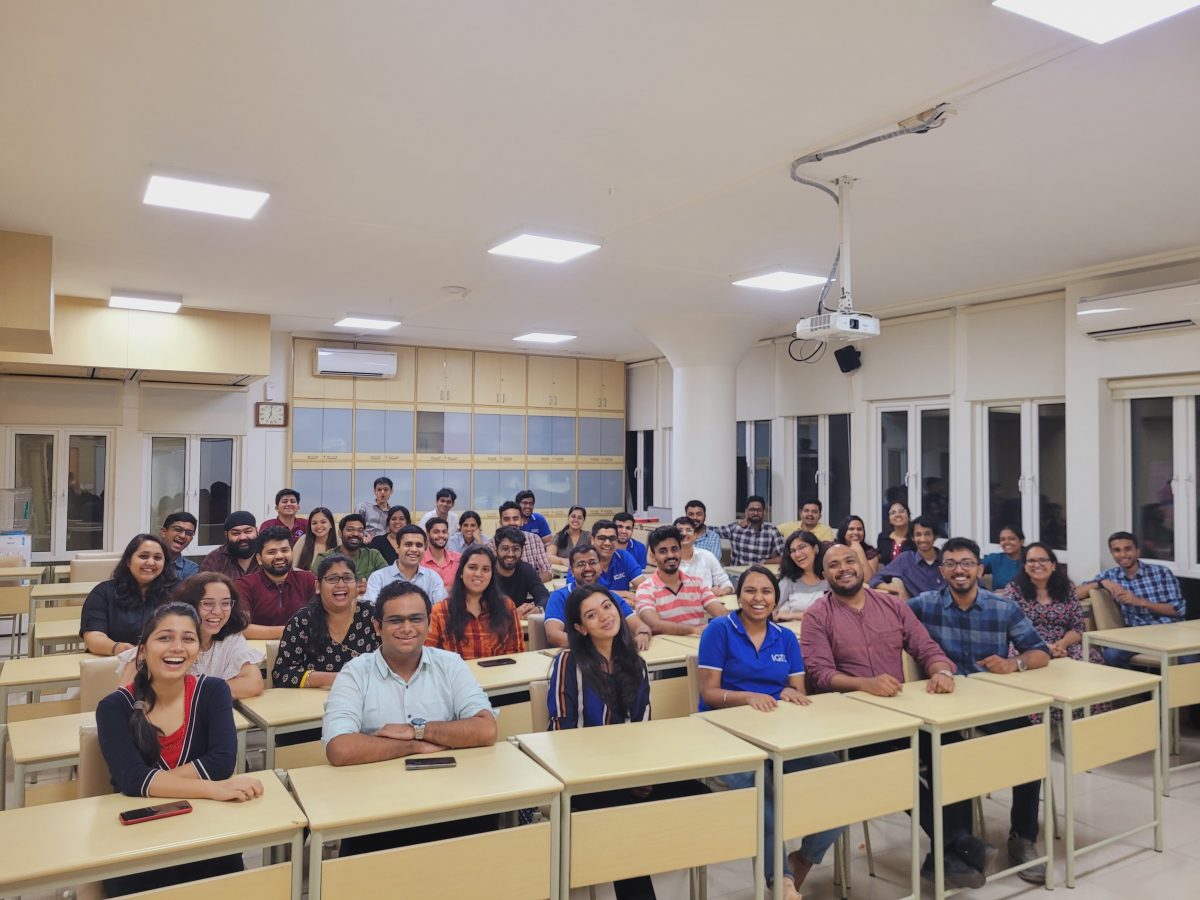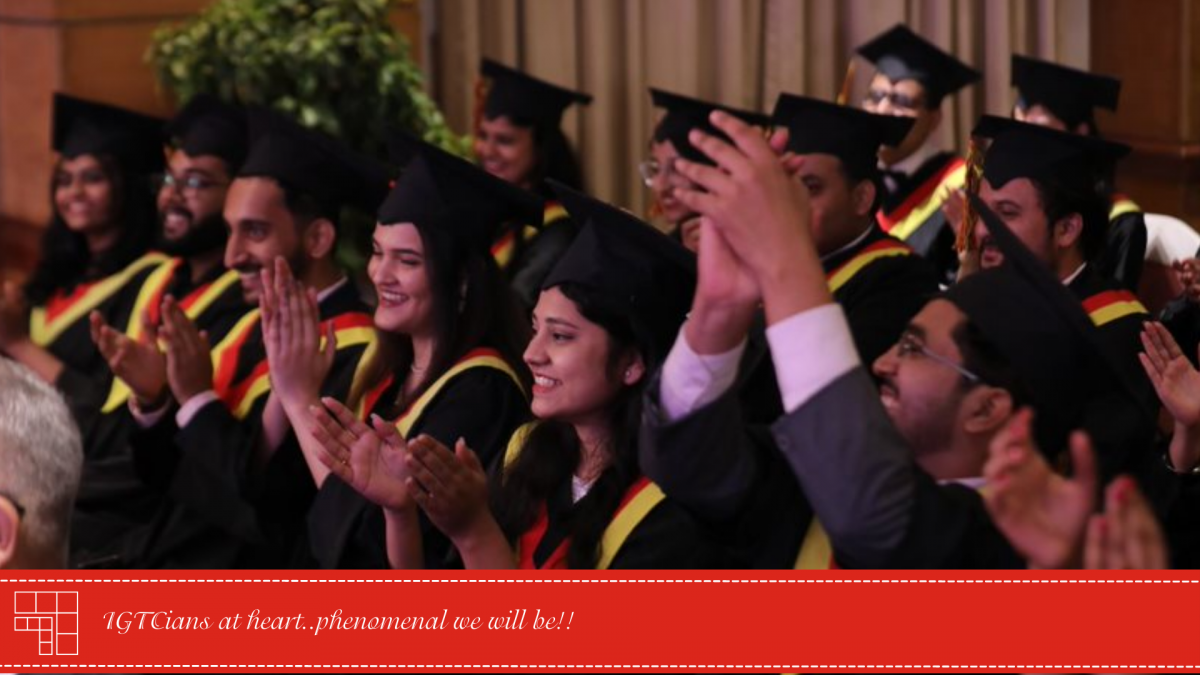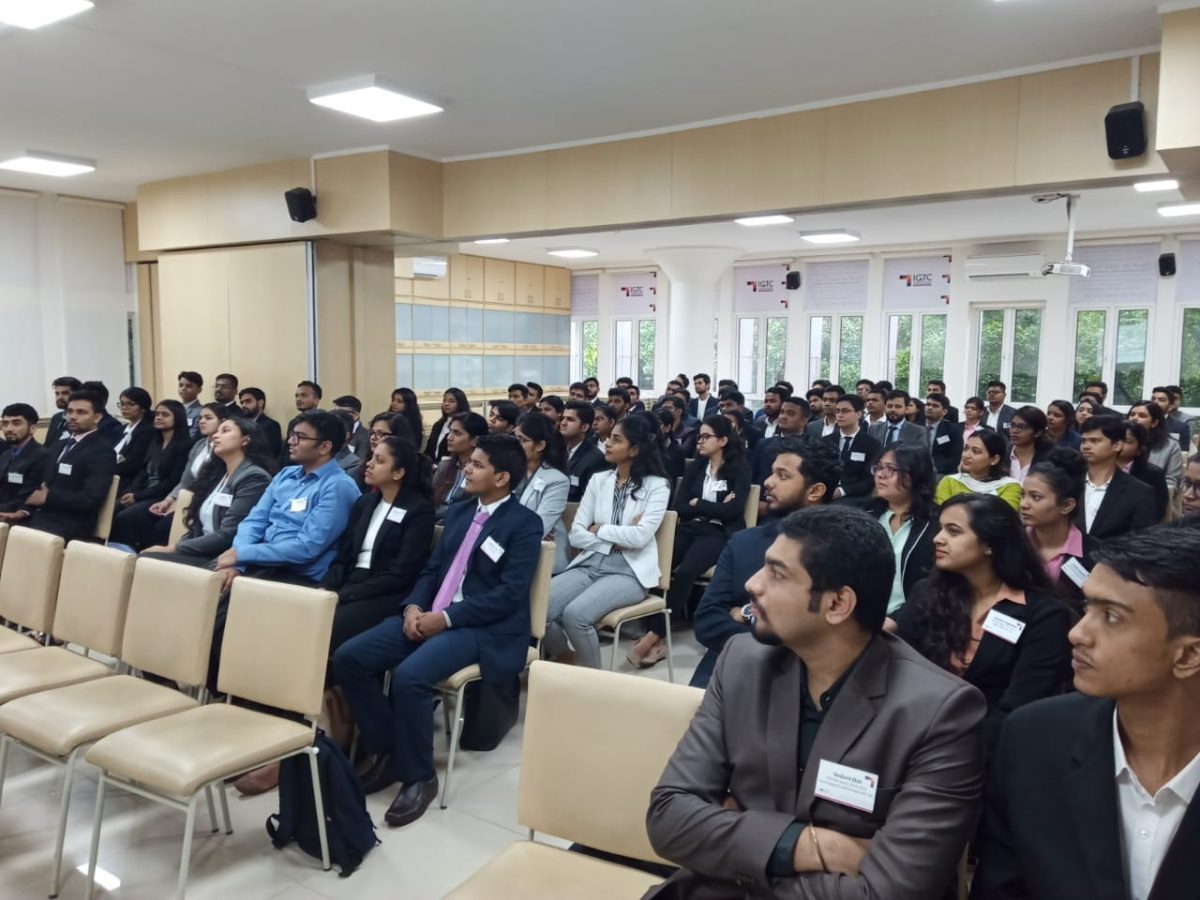The 5th of May 2010 has been marked as ‘The most memorable day’ in the calendar of students of IGTC, Batch 2009 – 2011. It was on this day, that we had the opportunity, to scour probably the best manufacturing haven, in terms of innovation and reinvention – a visit to the Tata Motors Plant at Pune.
We were exposed to the Tata Motors’ culture the minute we stepped into their premises. The discipline and excellent planning, which are integral to the Tata Motors’ way of working, were exhibited in the schedule planned for us. The 2 1/2 hours allotted to us for the visit was by no means sufficient to scale the length and breadth of the plant, but despite this the schedule ensured that we got the right exposure.
We were welcomed graciously and then proceeded to watch a 15 minute film on Tata Motors and what it stands for. Our first visit was to the NCTVT division wherein the young apprentices get their training. The other divisions we visited were: Transmission – Assembly of gearbox and clutch, HCV/LCV – Manufacturing Axles, Stamping, the Assembly of Winger, LCV, Safari, Aria, Xenon and Indica Vista, Manza etc.
The Commercial vehicle business unit (CVBU) and Passenger Car business unit (PCBU) are world-class manufacturing units with state-of-the-art technology. We saw four assembly lines, one each for Heavy Commercial Vehicles (HCVs), Medium Commercial Vehicles (MCVs) and Light Commercial Vehicles (LCVs), Utility vehicles and one for Passenger Cars (Indica and Indigo). The commercial vehicle division in the ‘D’ block has the Engine shop, Auto Materials Department and the Vendor Development department. All plants applied best production systems such as JIT, KANBAN, etc.
The Passenger Car Division in ‘K’ block executes the entire process of car manufacture over five shops – the engine shop, the transmission shop, press and body shops, paint shop and the trim and final assembly shop. These shops were fully automated and we saw robots at many places used for picking and placing to automate the process. After the car is completely assembled, it goes through several quality checks like wheel alignment, sideslip test, brake test, shower test, and a short test run before it is ready for dispatch.
While scouring through the plant, we also saw the test tracks wherein the vehicles are benchmarked and tested against globally well known brands. The torture tracks literally and figuratively ‘torture’ the vehicles to test their strength and sustainability. Apart from the technical nitty-gritty, another aspect that we witnessed was the passion with which each employee spoke about the plant and the organisation. It is proof of the organisation’s strong bond with its people.
As students, we actually got an opportunity to witness all the concepts we learnt in our Supply Chain lectures being implemented beautifully at the plant. The ‘Balanced Scorecard’ concept which evaded our understanding during lectures was visible in each division. The thrill of seeing things we learn on paper practically implemented took our learning process to a new level.

